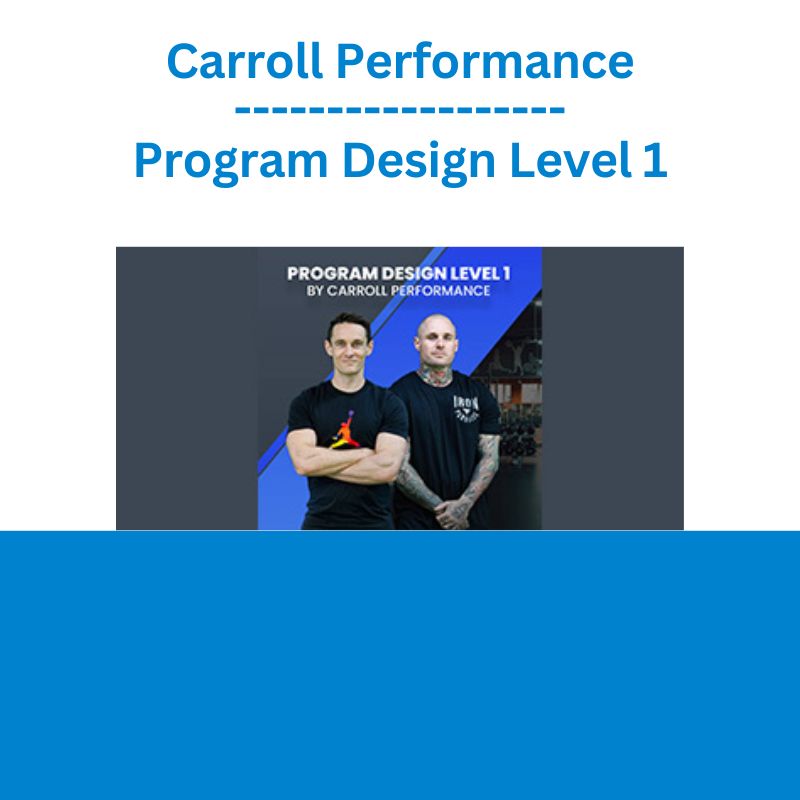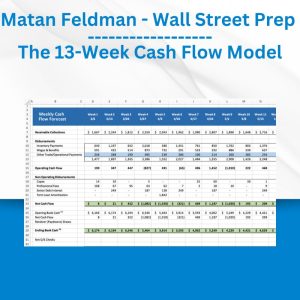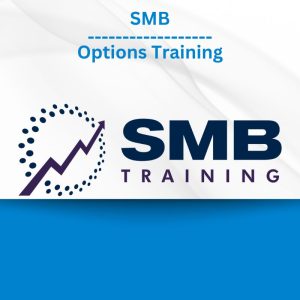*** Proof of Product ***
Exploring the Essential Features of “Carroll Performance – Program Design Level 1”
- LEVEL UP WITH PROGRAM DESIGN
Learn advanced program design proven on elite clientele - Learn how to program across a multi-month period
- Learn how to break through training plateaus for hypertrophy & strength
- Learn how to become an in-demand trainer
TAKE YOURSELF FROM A GOOD TRAINER, TO A GREAT TRAINER
- Do you feel stressed out writing client programs?
- Not sure what to do after 12 weeks for progress and performance?
- Are you overwhelmed by the different program methodologies you’ve learned and want confidence in designing client programs for success?
- Do you feel confident in creating programs specific to your client’s needs and abilities?
WHAT’S COVERED IN PROGRAM DESIGN LEVEL 1?
Module 1: Introduction
We introduce you to the course and discuss the course journey, then we dive into the why behind program design and training periodisation, then cover common errors which result in inferior program design. Finally we dive into the introductory consultation and client auditing process which is an essential component which allows you to write more personalised and superior periodised programs.
Module 2: Foundations
We dive into a few essential topics which form the foundation for the course ahead which will also allow you to better understand the why, what, how and when with training prescription. Topics covered here include resistance training principles, movement patterns, resistance training adaptations and strength qualities.
Module 3: Training Variables
This module analyses all of our resistance training variables in detail. Here we’ll cover volume, intensity frequency, sets, reps, exercise selection, rest, tempo and effort. These variables are your programming tools and their strategic manipulation allows you to tweak or transform the training stimulus to aid continued progression over time and enhance the results you achieve.
Module 4: Base Loading Strategies
This module introduces and compares the essential loading strategies which you can deploy with any training prescription. We then detail a few of our base loading strategies (constant load, step load, descending reps) and breakdown a few we like for each strength quality using white board based sessions.
Module 5: Intermediate Strategies
We now step it up a level and dive into intermediate loading strategies. Here we discuss stage systems, pyramids and skewed pyramids, and again we show you a few of these awesome strategies you can use for each of your main strength qualities. We also explore supersets in detail and crucially illustrate how the different types can result in a vastly different training stimulus and as a result, potentially very different adaptations.
Module 6: Periodisation Theory & Cycles
We now progress into training periodisation and discuss the key theories behind it which should influence our programming and allow you to better understand why we manipulate our protocols and how. Key theories introduced here include General Adaptation Syndrome, Stimulus-Fatigue-Recovery-Adaptation Theory, and the Fitness-Fatigue Theory. We then present the periodisation cycles and units which help us to plan and create multiphase training strategies which help to aid continued progression over time.
Module 7: Periodisation Methods
This module introduces different periodisation methods you can use to ensure superior progression when creating multi month macrocycle strategies. Here we breakdown 3 of our favourite periodisation methods – Linear, Undulating, and DUP (daily undulating periodisation). We finish this module with a step by step guide to creating periodised programs which helps to guide our protocols and put together all the information we’ve covered in the prior modules too.
Module 8: Base Training Splits
Here we cover key microcycle considerations to factor in when planning and creating single training cycles, whilst looking at different ways you can use frequency and repetition to your advantage. We then dive intro more white board based sessions and cover different foundational split types which can form the base for which many of your programs can then be built.
Module 9: Training Session Design
This module looks at key training session design considerations you need to factor in. Then we cover multiple base structures you can use for training session design for different goals and individuals. These base structures are then able to be tweaked and transformed as desired and can easily do so via variable manipulation and especially exercise selection.
Module 10: General Population Programming
This module focuses on key factors and considerations related to general population (“gen pop”) clients. Whilst coaching elite athletes, physique pros and movie stars may be the goal of many personal trainers in time, it is typically mastery of general population coaching and programming which allows your future diversification. Here we also discuss gen pop periodisation and cardio which are important factors for this client type.
Module 11: Hypertrophy Programming
We now shift gears and move into our modules more focused on key outcomes and this module covers hypertrophy We begin this module with a detailed look at training volume manipulation and proximity to failure, both of which are essential to understand and strategically manipulate. Next up we introduce the heavy – light method which is a unique agonist superset protocol, then we dive intro multiple different forms of intensity techniques you can deploy for hypertrophy based goals. Finally, we finish with white board based sessions and run over some examples of periodisation for hypertrophy.
Module 12: Strength Programming
This module dives into key considerations for strength based programming and the importance of identifying the specific type of strength you want to develop. Next we discuss the important 5 x 5 protocol and look at different variation you can use, along with two unique training methods – the omni method, and also the patient lifter method. We finish the module with more white board sessions covering periodisation examples and more.
Module 13: Fat Loss Programming
Finally we explore programming during fat loss and how it may differ if it all. We then showcase various energy costly protocols such as modified strongman and introduce a notable method called GBC (German body composition) you can consider including at key times for fat loss pursuits. We then explore how cardio can be used and manipulated to aid a fat loss attempt, then we wrap up the course with white board sessions discussing periodisation and how to add “finishers”.
Curated by Mark & Glen Carroll to equip you with the tools needed to excel in your coaching career as you construct specific programs tailored to your client’s results.
Long term planning of variables such as exercise selection, periodisation, rep ranges, and tempo allows you to produce training programs that will lead to world-class results.
- Optimise your clients’ success
- Enhance your clients’ performance
- Become a more experienced and confident Personal Trainer
- Improve client satisfaction as you broaden your programming expertise
- Grow client testimonials and success rate
- See growth in increased revenue
WE COVER
LOADING STRATEGIES
PERIODISATION
STRENGTH QUALITIES
HOW TO PROGRAM ACROSS A MICRO, MESO AND MACRO CYCLE
With over a decade of industry experience and over 60,000 transformations, Mark & Glen Carroll are committed to teaching you their successful methods
PROGRAM DESIGN LEVEL 1:
- Improve client experience through ongoing results
- Craft a personalised strategy for your clients’ specific needs
- Retain high value clients
- Justify high price point retention
- Improve business profitability
Please see the full list of alternative group-buy courses available here: https://lunacourse.com/shop/










 Jesse Livermore Trading System - Joe Marwood
Jesse Livermore Trading System - Joe Marwood  Akil Stokes & Jason Graystone - TierOneTrading - Trading Edge 2019
Akil Stokes & Jason Graystone - TierOneTrading - Trading Edge 2019  Matthew Kratter - Trader University
Matthew Kratter - Trader University  George Fontanills & Tom Gentile - Optionetics Wealth Without Worry Course
George Fontanills & Tom Gentile - Optionetics Wealth Without Worry Course  The Cover-Your-SaaS Contract Bundle - Chris Lyle
The Cover-Your-SaaS Contract Bundle - Chris Lyle  Atlas API Training - API 570 Exam Prep Training Course
Atlas API Training - API 570 Exam Prep Training Course  Julie Stoian & Cathy Olson - Launch Gorgeous - Funnel Gorgeous Bundle
Julie Stoian & Cathy Olson - Launch Gorgeous - Funnel Gorgeous Bundle  Team NFT Money - Ultimate NFT Playbook
Team NFT Money - Ultimate NFT Playbook  Chris Capre - Advanced Price Action Ongoing Training & Webinars
Chris Capre - Advanced Price Action Ongoing Training & Webinars  Forexmentor - Recurring Forex Patterns
Forexmentor - Recurring Forex Patterns  Sovereign Man Confidential - Renunciation Video
Sovereign Man Confidential - Renunciation Video  The Daily Traders – Exclusive Trading Mentorship Group
The Daily Traders – Exclusive Trading Mentorship Group  Oliver Velez - Essential Strategy Of Trade For Life
Oliver Velez - Essential Strategy Of Trade For Life  Greg Loehr - Advanced Option Trading With Broken Wing Butterflies
Greg Loehr - Advanced Option Trading With Broken Wing Butterflies  SMB - Options Training
SMB - Options Training  Fred Haug - Virtual Wholesaling Simplified
Fred Haug - Virtual Wholesaling Simplified  Racing Workshop - Complete Online Package
Racing Workshop - Complete Online Package  Dave Landry - Stock Selection Course
Dave Landry - Stock Selection Course  Erik Banks - Alternative Risk Transfer
Erik Banks - Alternative Risk Transfer